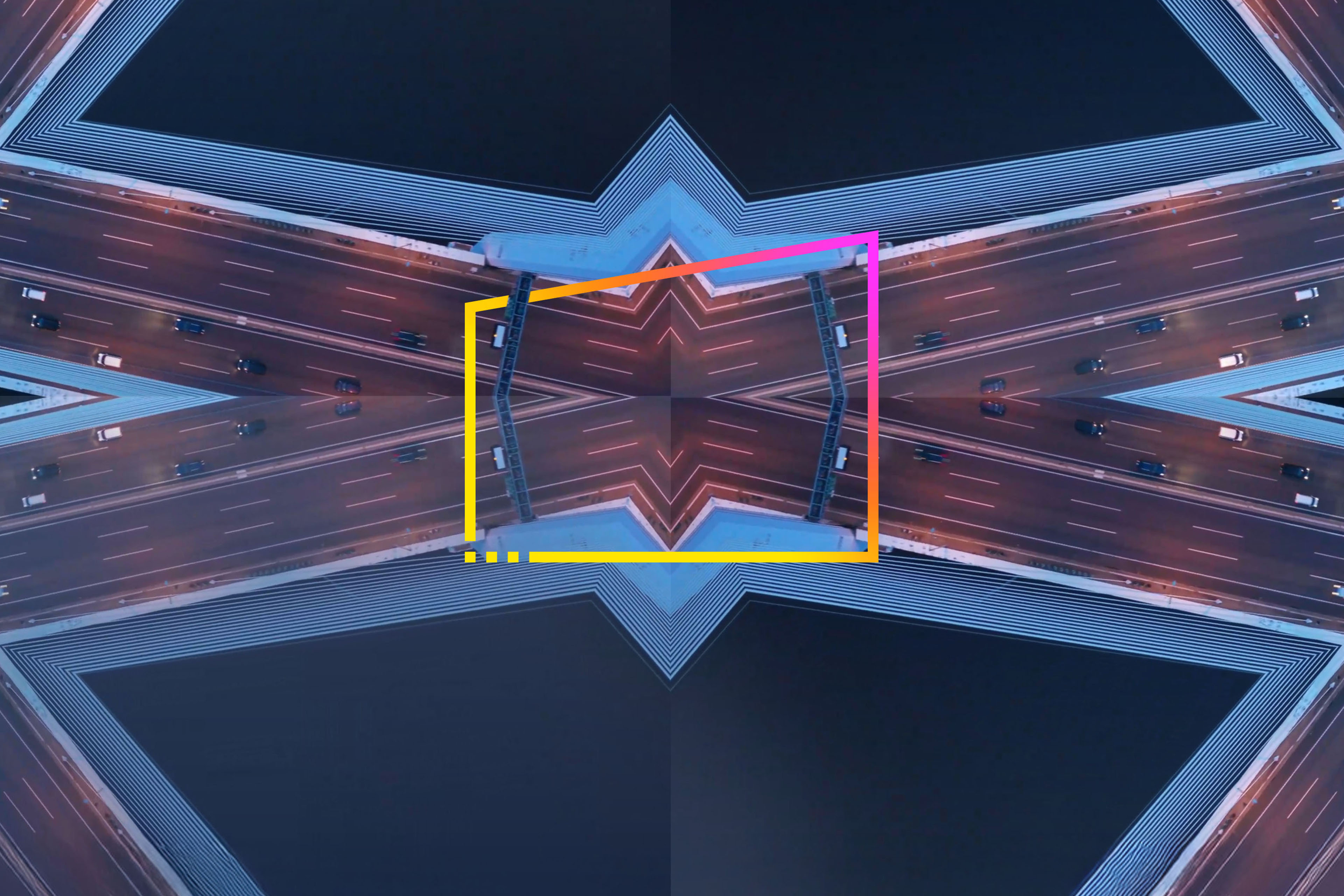EY refers to the global organization, and may refer to one or more, of the member firms of Ernst & Young Global Limited, each of which is a separate legal entity. Ernst & Young Global Limited, a UK company limited by guarantee, does not provide services to clients.
How EY can help
-
We merge traditional and innovative approaches, combined with a consistent methodology, to deliver quality audit services to you. Find out more.
Read more
The classification of liabilities with covenants as current or non-current could significantly affect a company’s presentation of its financial position and, hence, the company’s financial metrics. In response, the International Accounting Standards Board issued amendments to IAS 1 Presentation to Financial Statements in 2020 and 2022, with the objective of improving the information a company provides about liabilities with covenants, in addition to addressing stakeholders’ concerns about how a company classifies liabilities with covenants as current or non-current. The amendments will become effective for annual reporting periods beginning on or after 1 January 2024 with early application permitted.
Requirements on classification of liabilities with covenants
According to the existing requirements for classifying a liability as current or non-current, a liability is current if, among others, the company does not have an unconditional right to defer settlement of the liability for at least twelve months after the reporting period.
With the introduction of the two amendments to IAS 1 in 2024, for a liability to be classified as non-current, a company must have the right to defer settlement of the liability for at least twelve months after the reporting period. The right must have substance and exist at the end of the reporting period and the classification of the liability must be unaffected by the likelihood that the company will exercise that right. If a company is required to comply with covenants on or before the end of the reporting period, these covenants will affect whether such a right exists at the end of the reporting period.







